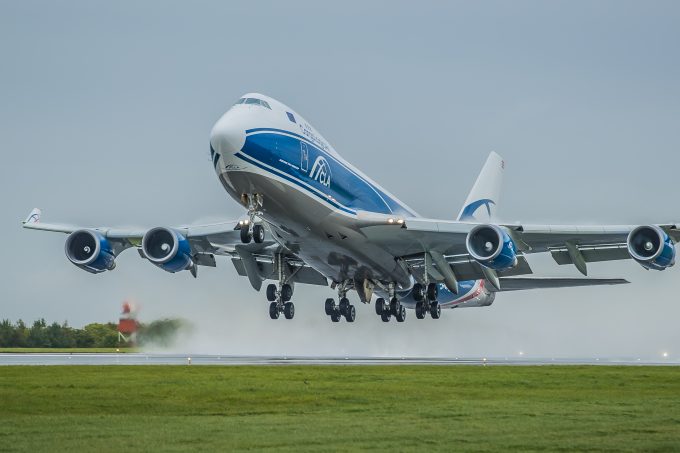Air cargo capacity squeeze could linger 'until the end of the decade'
Air cargo’s capacity shortage “will not be resolved any time soon”, and could linger “until ...

April’s uptick in air cargo volumes may have signalled a “false dawn” for the industry’s recovery: last month saw a 4% dip in demand.
Comparing May’s volumes with the pre-Covid levels of 2019, Clive Data Services and TAC Index said the continued market uncertainties and the month’s extended public holidays contributed.
Clive noted: “After more positive indicators for the air cargo market in the first four months of the year, May 2021 data showed a less favourable trend, with the fall in ...
Macron calls for ‘suspension’ – CMA CGM's $20bn US investment in doubt
Trump tariffs see hundreds of cancelled container bookings a day from Asia
De minimis exemption on shipments from China to the US will end in May
Forwarders stay cool as US 'liberation day' tariffs threaten 'global trade war'
Mixed response in US to 'Liberation Day', while China leads wave of retaliation
Tariffs and de minimis set air freight rates on a volatile course
Overcapacity looms for ocean trades – with more blanked sailings inevitable
'To ship or not to ship', the question for US importers amid tariff uncertainty


Comment on this article